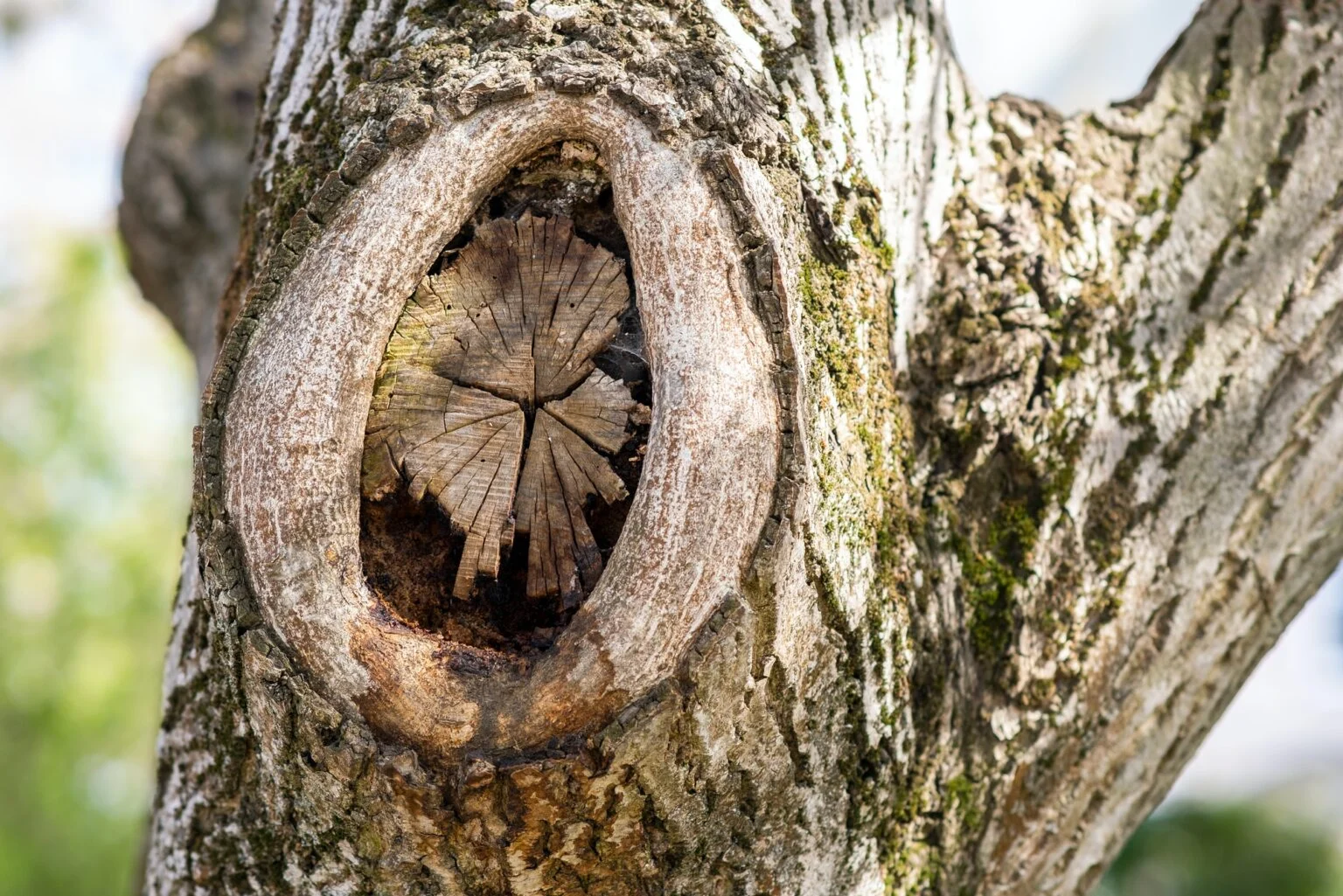When Is Tree Removal Necessary? Signs Of A Diseased Or Damaged Tree
As cities and suburbs continue to grow, the trees that once thrived in natural settings are suddenly surrounded by buildings, pavement, and other structures. This can lead to a variety of problems for homeowners and property managers. In some cases, it may become necessary to remove a tree entirely. But how do you know when it’s time for tree removal? One key factor is the overall health of the tree. A diseased or damaged tree can not only be an eyesore but can also pose a significant danger to people and property around it. In this article, we will discuss signs indicating when tree removal is necessary due to disease or damage.
When Is Tree Removal Necessary?
1- Dead Or Dying Branches
Dead or dying branches on a tree are usually a sign of disease or damage. These branches can be identified easily as they don’t have any leaves or buds growing on them. If you notice such branches on your tree, it’s important to schedule an appointment with an arborist for inspection and contact Treewurk for possible removal. Visit treewurk.com for more details.
2- Cracks Or Splits In The Bark
If you find vertical cracks or splits in the bark of your tree trunk, it’s time to take action. The cracks are usually signs that the internal structure of the tree has been compromised and weakened. Moreover, they offer an entry point for pests and diseases that may cause extensive damage and spread to other trees in the area.
3- Fungal Growth
If you spot any sort of fungal growth around the base of your tree trunk or at the intersection where two main branches meet together, this is another indication that something isn’t right with the health of your tree.
4- Leaning Tree
A leaning tree stands out simply because it looks “odd.” However, this should not be dismissed outrightly as sometimes it could indicate deeper issues with the tree’s overall health. A healthy tree always has a balanced growth without showing signs of tilting or falling to one side.
A leaning or tilting tree can be caused by various things such as soil erosion, improperly attached roots and excessive weight on one side of the tree due to poor trimming practices or damages made by events like windstorms.
5- Reduced Canopy
If your tree’s foliage is significantly thinning out and leaves are gradually dropping off, there may be multiple reasons why that are preventing it from receiving sufficient amounts of water nutrients required for growth.
6- The Tree Is Diseased:
Diseases can spread quickly from one tree to another and sometimes beyond your property line if not properly dealt with. If a tree shows continuous signs of disease despite efforts to treat it, then removing it might be the only option you have to protect other trees in close proximity.
7- The Tree Poses A Safety Risk:
If your tree is positioned in such a way that falling branches could damage property or cause injury to people passing by (especially children playing nearby), you need to consult an arborist and have the situation assessed. Treewurk provides emergency tree service so contact us now for a free quote. If pruning or cabling won’t suffice, the next best thing might be removing the whole tree.
8- The Tree is Damaged beyond Repair:
Weather events like severe storms can create havoc in landscapes. They can result in broken limbs that later prove too much for the tree to handle; hence removal may become necessary.
9- Encroaching Roots:
As trees grow older and bigger their root systems also expand deep into surrounding soil spaces and under pavements leading to either concrete damage or encroachment into neighbor’s properties leading to potential legal issues.
Removing a large and matured tree requires technical experience both at the assessment stage of its health condition and deciding proper mechanisms for cutting out which must assure minimum damages and make sure no neighboring properties including wildlife habitats are affected. It’s important to avoid “hacking” or “trimming” techniques by untrained personnel which may lead to more problems in the future.
Do consult a professional arborist for assessment and removal as he will make sure the job is done safely and with expert care.
Conclusion
In conclusion, the decision to remove a tree from your property should not be taken lightly. If you notice any signs of disease or damage in a tree, it’s important to take action immediately. Consulting with a professional arborist can help determine if the tree can be saved through treatment or if removal is necessary.
Remember, trees provide significant benefits to our environment and should only be removed when absolutely necessary. By being proactive in maintaining their health and safety, you can enjoy their beauty and benefits for years to come.


Post Comment